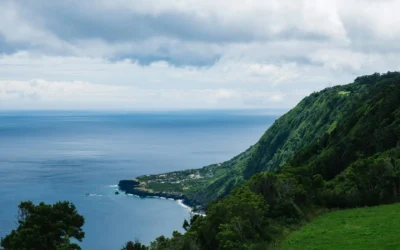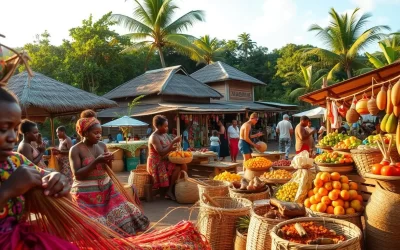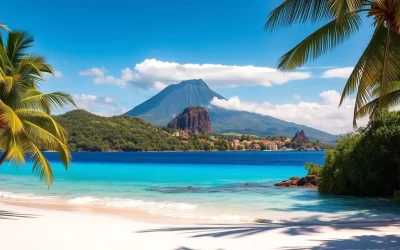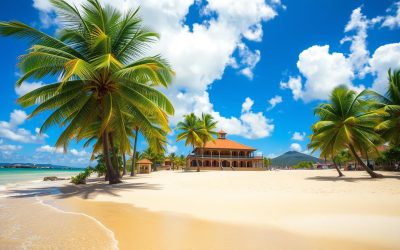✓ Accommodations✓ Flights✓ Rental Cars✓ Tours & Activities
Located in the Mozambique Channel, Mayotte is an island with a fascinating mix of cultures and languages. French serves as the official language, playing a central role in administration, education, and media like television. Despite this, many residents also speak native languages, reflecting the island’s rich history.
With a growing population, Mayotte’s linguistic diversity is a testament to its unique identity. Over one-third of the people speak Shibushi or Mahoran Malagasy, while French remains essential for social and professional advancement. This blend of languages creates a dynamic cultural environment worth exploring.
Exploring Mayotte’s Rich Cultural Landscape
The cultural tapestry of Mayotte is a vibrant blend of influences from East Africa, Madagascar, and the Arab world. Over the centuries, migration has shaped the island’s identity, creating a unique mix of traditions and languages. This diversity is evident in every aspect of life, from daily routines to festive celebrations.
Historical Migration and Influences
Mayotte’s population has been shaped by waves of migration. Early settlers from East Africa and Madagascar brought their customs and dialects. Later, Arab traders introduced new cultural elements. Today, the island is home to a mix of ethnic groups, including Comorian, Swahili, and French communities.
Schools play a crucial role in preserving these historical dialects. Education systems teach both French and native languages, ensuring younger generations stay connected to their roots. This blend of modern and traditional practices keeps the island’s heritage alive.
Cultural Heritage of the Island
Village life in Mayotte offers a glimpse into its rich cultural heritage. Small communities maintain traditions passed down for centuries. Festivals, music, and dance are integral to daily life, reflecting the island’s diverse influences.
Language practices here are a testament to this cultural fusion. While French is widely used, many residents also speak Shibushi or Mahoran Malagasy. These dialects are a bridge to the past, connecting people to their ancestors.
| Cultural Influence | Impact |
|---|---|
| East Africa | Introduced early dialects and traditions |
| Madagascar | Brought Shibushi and Mahoran Malagasy |
| Arab World | Added cultural and linguistic elements |
Mayotte’s cultural landscape is a living testament to its history. From its diverse population to its vibrant traditions, the island offers a unique experience for anyone interested in exploring its heritage.
Mayotte: Official and widely spoken languages
Mayotte’s linguistic landscape is a vibrant reflection of its diverse population and rich history. French, the official language, is spoken by 63% of people aged 14 and older, making it a cornerstone of daily life. However, the island’s cultural diversity ensures that native dialects remain integral to its identity.
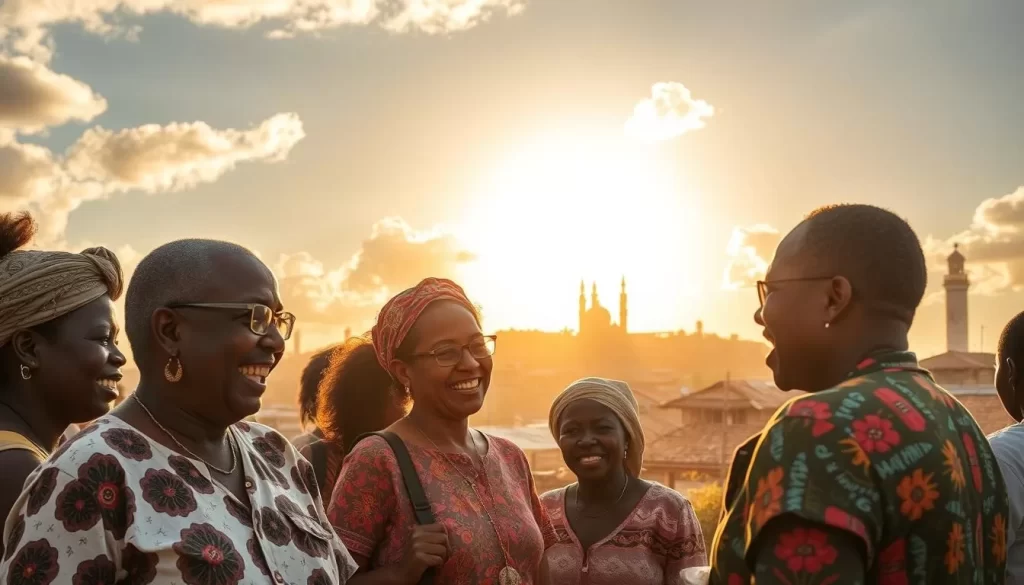
Over the years, the number of French speakers has grown, but indigenous dialects like Shimaore and Kibushi continue to thrive. Shimaore, a Comorian dialect, is spoken across most regions, while Kibushi, influenced by Malagasy, is prevalent in the south and northwest. This blend of languages creates a unique experience for every person on the island.
Here’s a quick look at the linguistic trends:
- French is dominant in education, administration, and media.
- Shimaore connects people to their Comorian roots.
- Kibushi preserves Malagasy heritage in specific regions.
Historical data shows that these dialects have survived for centuries, adapting to modern influences while retaining their core identity. This resilience highlights the importance of preserving native languages as part of the island’s cultural fabric.
“Language is the roadmap of a culture. It tells you where its people come from and where they are going.”
As the population continues to grow, the interaction between French and native dialects remains a defining feature of life on the island. Whether in schools, markets, or homes, this linguistic diversity is a testament to Mayotte’s unique heritage.
The Official Role of French in Mayotte
French has become a cornerstone of daily life in this island territory, shaping its administrative and educational systems. As the official language, it plays a vital role in governance, media, and schooling. Over the years, its influence has grown, making it an essential part of the island’s identity.
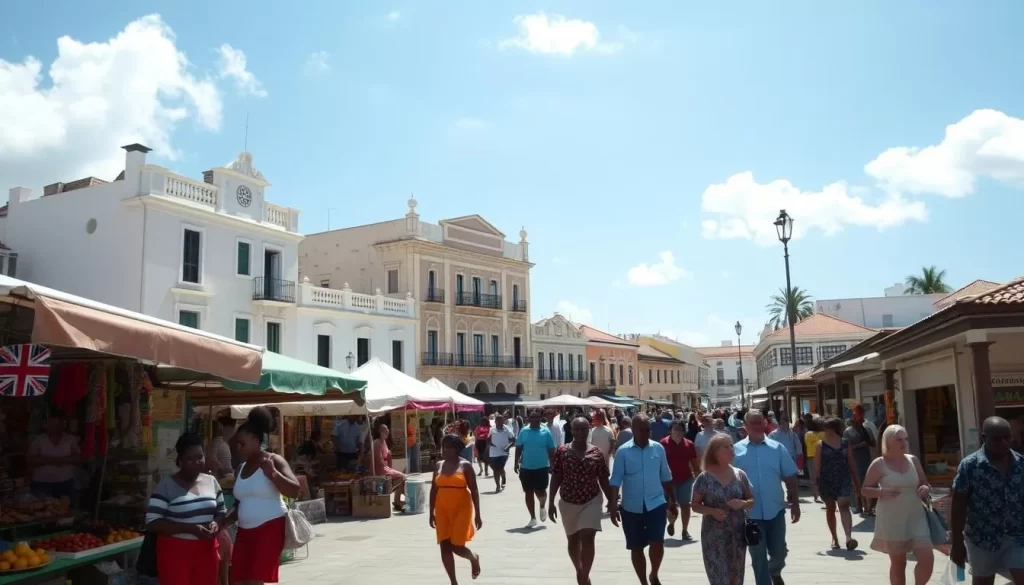
French in Administration and Education
In the administration, French is the primary language used for official documents, legal proceedings, and government communications. This ensures consistency and clarity across the island’s governance.
Schools also prioritize French, integrating it into the curriculum from an early age. This approach helps students excel academically and prepares them for professional opportunities. The education system emphasizes bilingualism, allowing students to retain their native dialects while mastering French.
The Evolution of French on the Island
French became the official language in the mid-19th century, following key historical events and referendums. Initially imposed, it gradually became a core element of the island’s identity.
Today, French is widely used in television broadcasts, newspapers, and public services. Its evolution reflects the island’s adaptability and commitment to preserving its cultural heritage while embracing modernity.
“Language is not just a means of communication; it’s a bridge to understanding and progress.”
Every person on the island interacts with French in some way, whether at work, school, or home. This linguistic system has become a unifying force, connecting people across diverse backgrounds.
The Vibrant Vernaculars: Shimaore and Kibushi
Everyday communication on the island thrives through its native dialects, Shimaore and Kibushi. These languages are not just tools for conversation but symbols of cultural identity. They connect people to their roots and enrich the island’s heritage.

Shimaore: The Mother Tongue of Mayotte
Shimaore is the most widely spoken dialect on the island. It serves as the mother tongue for the majority of the population. This language is deeply rooted in Comorian traditions and is a vital part of daily life.
In many villages, Shimaore is the primary means of communication. It bridges generations, ensuring that cultural practices and stories are passed down. Its resilience highlights the importance of preserving native languages in a rapidly changing world.
Kibushi: Malagasy Roots and Modern Use
Kibushi, with its Malagasy origins, is another cornerstone of the island’s linguistic landscape. Over the years, it has evolved, blending traditional elements with modern influences. This dialect is particularly prevalent in the southern and northwestern regions.
For many people, Kibushi is a link to their ancestral heritage. It enriches local traditions and fosters a sense of community. Despite external influences, it remains a vibrant part of the island’s culture.
| Dialect | Origin | Usage |
|---|---|---|
| Shimaore | Comorian | Widely spoken across the island |
| Kibushi | Malagasy | Common in southern and northwestern regions |
These dialects are more than just ways to communicate; they are a testament to the island’s rich history. For more insights into their origins, explore this source.
Arabic and Its Impact on Mayotte’s Linguistic Landscape
Arabic, though not the official language, holds a unique place in the island’s linguistic identity. Its influence is deeply rooted in cultural and religious practices, shaping the way people communicate and learn.

One of the most significant contributions of Arabic is seen in Quranic schools. These institutions teach reading and writing from right to left, preserving the language’s traditional form. For many students, this system offers valuable educational insights.
Arabic in Quranic Schools
Quranic schools play a vital role in keeping Arabic alive on the island. They focus on teaching the Quran, which requires a strong grasp of the language. This approach ensures that each person exposed to the system gains a deeper understanding of their cultural heritage.
Over the years, these schools have subtly influenced the local dialect. Arabic loanwords are common in Shimaore and Kibushi, enriching the linguistic diversity of the island. This blend of languages reflects the historical and cultural interactions that have shaped the region.
The administration and cultural practices have also been shaped by Arabic. Its presence in religious ceremonies and community events highlights its enduring significance. For more insights into the linguistic dynamics, explore this source.
“Language is not just a tool for communication; it’s a bridge to understanding cultural identity.”
Arabic’s role in education and daily life underscores its importance in the island’s cultural fabric. Whether in Quranic schools or community interactions, it continues to enrich the linguistic landscape.
Conclusion
The island’s linguistic diversity is a living testament to its rich cultural heritage. French, local dialects, and Arabic each play a vital role in shaping daily life. Over the years, this blend has created a unique system that reflects the population’s history and identity.
In villages, traditional dialects like Shimaore and Kibushi remain strong, connecting people to their roots. Meanwhile, French dominates education and administration, ensuring modern opportunities. This balance highlights the island’s ability to adapt while preserving its heritage.
As the number of French speakers grows, the island continues to evolve. Historical sources show how this linguistic mosaic has developed over the century. It’s a dynamic process that ensures a rich legacy for future generations.
To learn more about the island’s historical ties and economic challenges, explore these resources. The island’s story is one of resilience and cultural pride.
The above is subject to change.
Check back often to TRAVEL.COM for the latest travel tips and deals.


